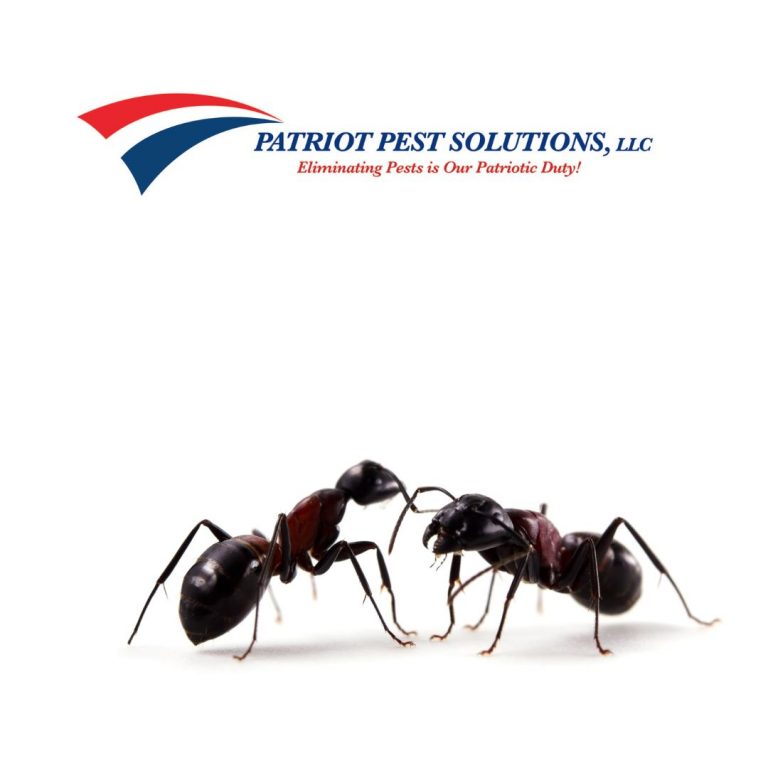Ants. We see them everywhere – at parks, in gardens, and even in our homes. But how much do we truly know about these tiny creatures that seem to mirror our own societal structures in many ways? What lies beneath the surface of their minute existence? Welcome to the enigmatic and captivating domain of ant biology. We promise it’s much more than meets the eye.
Ant Biology: An Overview
Ants are a part of the Formicidae family, known for their complex social structures and varied species. Interestingly, they’re among the few creatures that practice agriculture and even warfare! How’s that for a tiny critter? In this section, we’ll dive into the basic aspects of ant biology, covering their anatomy, life cycle, and various castes within the colony.
Anatomy of an Ant
Ever noticed the tiny waist-like structure when you look at an ant? That’s the petiole, unique to ants, setting them apart from other insects. It connects the thorax (middle section) and the gaster (rear part), functioning like a flexible joint.
Ants possess a hard exoskeleton for protection and support. Their bodies showcase a variety of colors, from black and brown to red and yellow, depending on the species.
A set of elbowed antennae protrude from the ant’s head. They serve multiple functions, including sensing the environment and communicating with their peers. On either side of the head are compound eyes that provide a wide-angle view of their surroundings, although they can’t see fine details.
Ants have a sophisticated mandible mechanism used for tasks like carrying food, digging nests, or defending the colony. Some ants even have stingers for injecting venom or spraying formic acid!
The Ant Life Cycle: From Egg to Adult
The life cycle of ants is truly fascinating. It’s a four-stage process – egg, larva, pupa, and adult. Let’s break it down:
- Egg: The queen ant lays tiny, oval-shaped eggs. She can lay millions in her lifetime, which can span several decades!
- Larva: The eggs hatch into worm-like larvae. They have voracious appetites, continually fed by the worker ants.
- Pupa: After sufficient feeding and growth, the larva spins a silk-like cocoon around itself, transitioning into the pupa stage.
- Adult: Finally, the fully-grown ant emerges from the cocoon, ready to take on its role in the colony.
The entire process, from egg to adult, can take anywhere between 6 to 10 weeks, depending on the species and environmental conditions.
The Castes: Different Roles within the Colony
Ant societies are divided into three primary castes – the queen, males, and workers. Each caste has a unique role within the colony:
- Queen: The queen is the only ant in the colony capable of reproduction. She can lay millions of eggs in her lifetime, ensuring the colony’s survival.
- Males: The primary role of male ants is to mate with the queen. They have a short lifespan, often dying soon after the mating process.
- Workers: Worker ants are the backbone of the colony. They’re responsible for food gathering, nest building, and defense.
It’s evident that ant colonies function like a well-oiled machine, each caste playing its part to ensure the collective survival.
The Social Structure of Ants
Ants are eusocial insects, meaning they have complex social structures, much like humans. They form colonies that vary in size, from a few dozen individuals to millions in some species!
Colony Foundation and Expansion
A colony begins when a mated queen finds a suitable location to lay her eggs. Once the eggs hatch into workers, they take over the tasks of gathering food and expanding the nest, while the queen focuses solely on reproduction.
Colonies can expand in various ways. Some send out winged queens and males for nuptial flights, where they mate and start new colonies. Others practice budding, where a queen and some workers leave an existing colony to form a new one.
Communication and Cooperation
Ants have developed a sophisticated communication system primarily using pheromones, which are chemical signals. They can indicate a food source, alert about danger, or even guide lost ants back to the colony!
Cooperation is another key aspect of ant societies. They work together to achieve common goals, such as constructing intricate nests or hunting large prey. Some species even practice ‘tandem running,’ where an ant leads a nestmate to a new resource.
Conflict and Warfare
Just like human societies, conflict and warfare are also a part of ant societies. Colonies often engage in battles over resources or territory. Some ants even capture workers from other colonies and make them work as slaves – a practice known as ‘slave raiding.’
Ants and their Environment
Ants interact with their environment in various ways, from farming fungus to practicing agriculture with aphids. They also play crucial roles in ecosystems, like soil aeration and seed dispersion.
Ants as Farmers
Leaf-cutter ants are well-known for their farming practices. They cut pieces of leaves and carry them back to their nests, where they use them to cultivate a special fungus. They feed on this fungus, showcasing an extraordinary example of insect agriculture!
Aphid-Herding Ants
Some ants have mutualistic relationships with aphids, tiny insects that feed on plant sap. The ants ‘milk’ the aphids for a sweet substance called honeydew and, in return, protect them from predators.
Ecosystem Engineers
Ants play a vital role in ecosystems. They aerate the soil during nest construction, improving its quality. Some ants disperse seeds by storing them in their nests, aiding in plant growth. They also act as predators, controlling other pest populations.
The Evolution of Ants
The history of ants is as captivating as their societal structure. Fossil records suggest that ants have been around for more than 100 million years!
Origins and Early Evolution
Ants evolved from wasp-like ancestors in the mid-Cretaceous period, during the rise of flowering plants. They soon diversified into different lineages, adapting to the changing environments.
Adaptive Radiations
The major adaptive radiations of ants occurred after the dinosaurs’ extinction. With new ecological niches available, they quickly diversified and spread across the globe, leading to the numerous species we see today.
Ants in Amber
Fossils of ants preserved in amber provide a unique window into their ancient world. These specimens have helped scientists understand the early evolution of ants and their social behavior.
FAQ’s About Ant Biology
1. How many species of ants exist? There are more than 12,000 known species of ants worldwide, but scientists estimate that this number could be as high as 20,000!
2. Can ants lift more than their body weight? Yes, they can. Some ants can lift up to 50 times their body weight!
3. What’s the lifespan of an ant? Worker ants typically live for a few months, while queens can live for several years or even decades in some species.
4. Do all ants bite or sting? Not all ants bite or sting. However, those that do use these methods for defense or predation.
5. Why do ants walk in a line? Ants walk in a line due to a trail of pheromones left by the leader ant. This way, they can find their way back to the colony after gathering food.
6. Can ants swim? Most ants can’t swim but they can float. Some species form a raft with their bodies to survive floods!


